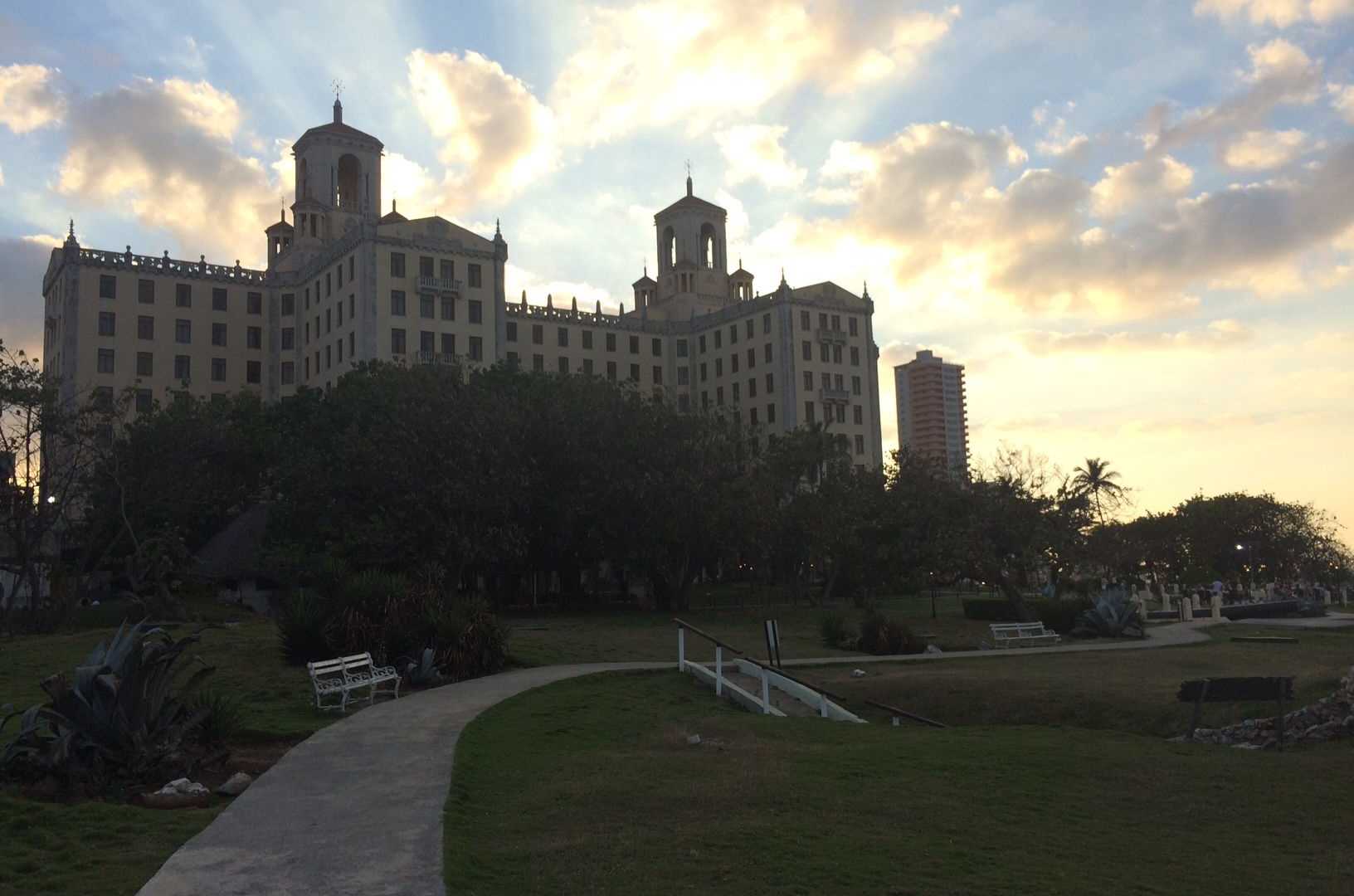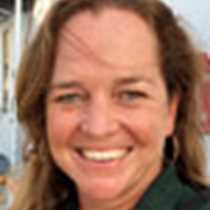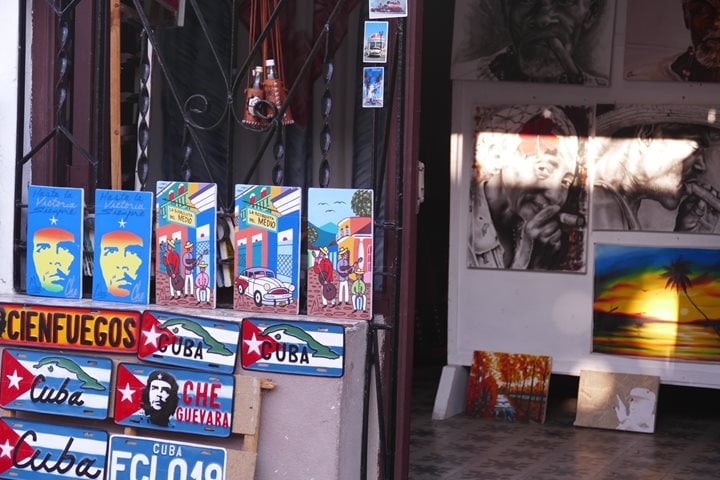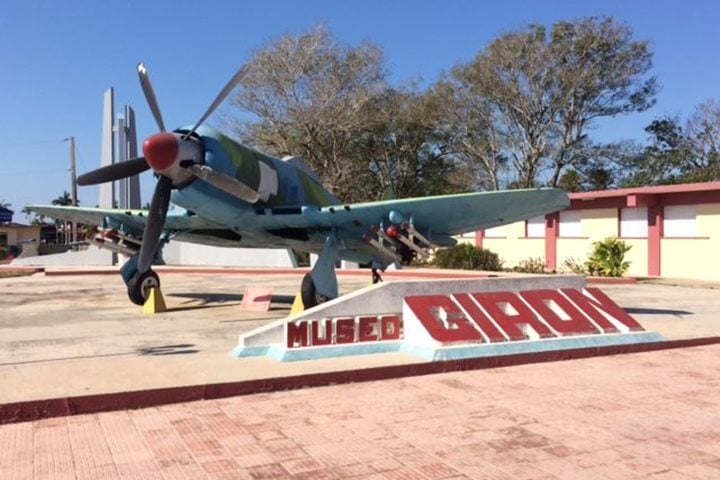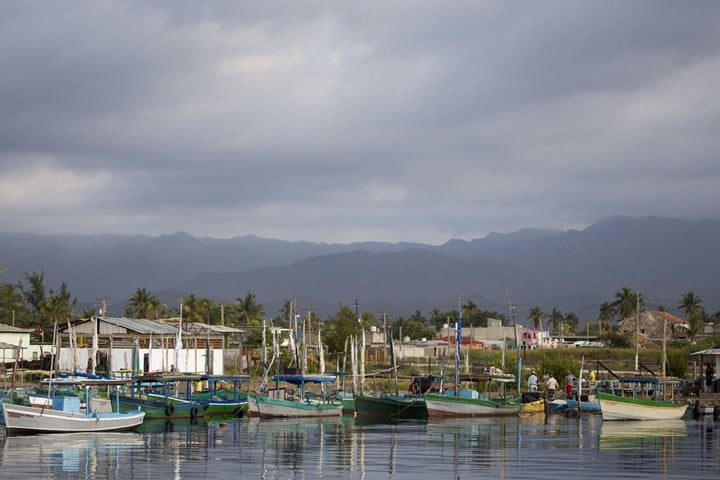We boarded our American Airlines flight Wednesday morning, bound towards the intriguing Caribbean island of Cuba and its capital city, Havana. Though spanning just 90 miles, we soon realized we had entered an entirely different world, where, as we would repeatedly be reminded over the next few days by our local experts, we would need to check all we know about the place we came from at the door and come in with a clean mental slate. Our base for the exploration of this unforgettable city is the famous 87-year old Hotel Nacional, superbly located on a hill overlooking the Havana Harbor and the seawall in the middle of the vibrant Vedado district, considered a symbol of history, culture, and Cuban identity and declared a National Monument.
Cuba has had an incredibly complex history, starting from its pre-Columbian origins and going through 400 years of Spanish rule, a brief episode of British rule in 1762, intense relations with the U.S. following Spanish rule, and finally 60 years of socialist rule characterized initially by strong relations and support by the Soviet Union, followed by desperate times in the so-called “Special Period”. This is compounded by a massive influence of African culture injected into the island by the slave trade that prospered during the apex of the sugar era.
This complex history is evident everywhere: in the multi-ethnic nature of the friendly, gregarious Cubans, in the crazy mélange of architectural styles observed during driving and walking tours, and in the even-crazier traffic on the roads! The latter is typically made up of vintage American cars from the 40s and 50s, driving alongside Soviet-era cars, trucks, and motorcycles, horses pulling home-made carts, and bicycle taxis. It is also evident in the food we have been tasting in the local “Paladares” and restaurants, and even more so in the wonderful beats, rhythms, and harmonies that characterize the incredible Cuban sound that provides the constant soundtrack to our explorations.
The art is no less extravagant, particularly in evidence during our visit to the district of Jaimanitas in the outskirts of Havana, where artist Jose Fuster, returning from extensive travels in Europe, turned his home and entire neighbourhood into a wonderland of intricate mosaic and kaleidoscopic colours—Gaudi elevated to a whole new tropically-exuberant level, now nick-named Fusterlandia.
It is little wonder that this complex, vibrant country would appeal to the great writer, Ernest Hemingway, who spent over 20 years here, on-and-off—initially at the Hotel Ambos Mundos in old Havana, followed by the beautiful Finca Vigia some of us visited during our stay, where he wrote many of his most famous novels, including “For Whom the Bells Toll” and the “Old Man and the Sea”, inspired by time spend in the neighbouring fishing village of Cojimar, where he kept his boat, the Pilar.
Time spent in Havana, and indeed Cuba, is undeniably thought-provoking, and interactions with locals during our people-to-people experiences, including a lecture by Havana University professor in Economics Jorge Mario Sanchez, help us understand, and even relate to, this fascinating culture which is so completely different from our own.

